qotd - wavy borders
luvtosharedivs
12 years ago
Related Stories
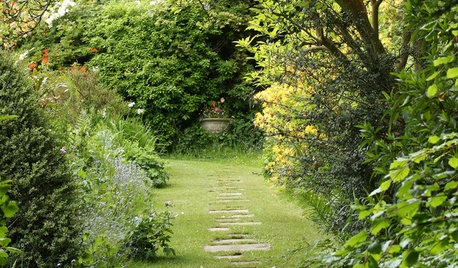
GARDENING GUIDES3 Easy Ways You Can Garden for Nature
Your choice of plants can help wildlife while cleaning the air and water
Full Story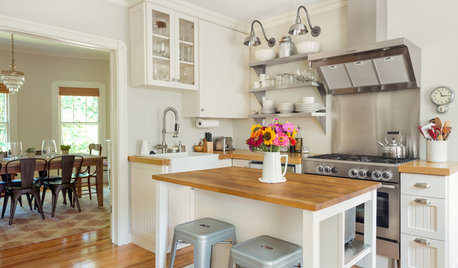
HOUZZ TOURSMy Houzz: Bright and Cheerful Updates to an 1890s Colonial Revival
Modern tweaks, including a kitchen overhaul, brighten a family’s home
Full Story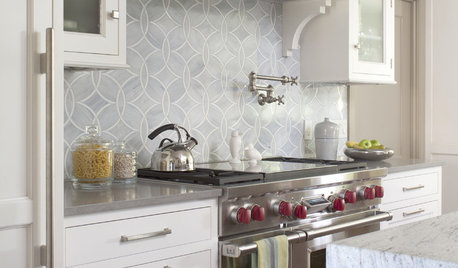
KITCHEN DESIGN8 Top Tile Types for Your Kitchen Backsplash
Backsplash designs don't have to be set in stone; glass, mirror and mosaic tiles can create kitchen beauty in a range of styles
Full Story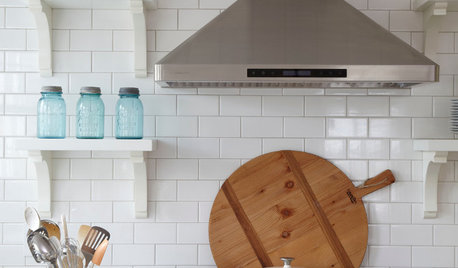
TILEHow to Choose the Right Tile Layout
Brick, stacked, mosaic and more — get to know the most popular tile layouts and see which one is best for your room
Full Story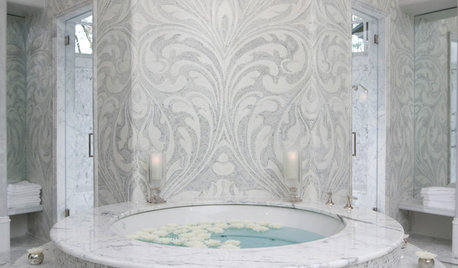
BATHROOM DESIGNPolish Your Bathroom's Look With Wrapped Tile
Corner the market on compliments for your bathroom renovation by paying attention to where the walls meet and the edges round
Full Story
KITCHEN BACKSPLASHESHow to Install a Tile Backsplash
If you've got a steady hand, a few easy-to-find supplies and patience, you can install a tile backsplash in a kitchen or bathroom
Full Story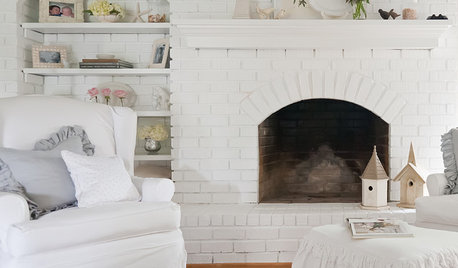
GREAT HOME PROJECTSHow to Remodel Your Fireplace
Bring your fireplace design up to snuff with this makeover lowdown
Full Story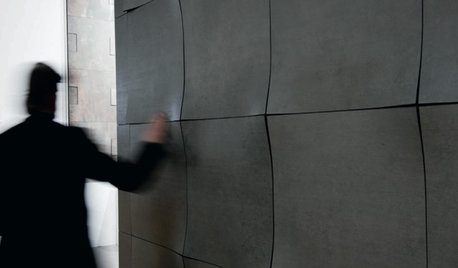
MATERIALSShape Up Your Surfaces With New Tile Textures and Forms
Take your walls and floors to a different dimension with innovative sculptural tiles, as shown at the 2013 Coverings expo
Full Story
LANDSCAPE DESIGN15 Great Ideas for a Lawn-Free Yard
End the turf war for good with hardscaping, native grasses and ground covers that save water and are easier to maintain
Full StoryMore Discussions






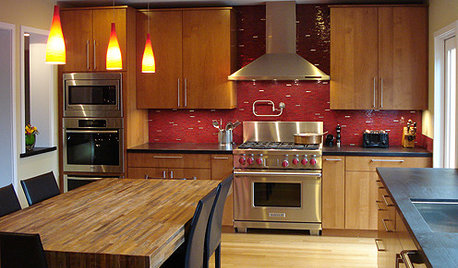
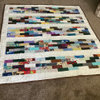

rosajoe_gw
tuppermom
Related Professionals
Bend Furniture & Accessories · Silver Spring Furniture & Accessories · Hawthorne Furniture & Accessories · Ashwaubenon Interior Designers & Decorators · Cedarburg Flooring Contractors · Dunedin Flooring Contractors · East Brunswick Flooring Contractors · Eldersburg Flooring Contractors · Eustis Flooring Contractors · Fort Myers Flooring Contractors · Hammond Flooring Contractors · Kalispell Flooring Contractors · Livonia Flooring Contractors · Irmo Furniture & Accessories · Sudbury Furniture & AccessoriesluvtosharedivsOriginal Author
grammyp
calliope
luvtosharedivsOriginal Author
calliope
luvtosharedivsOriginal Author